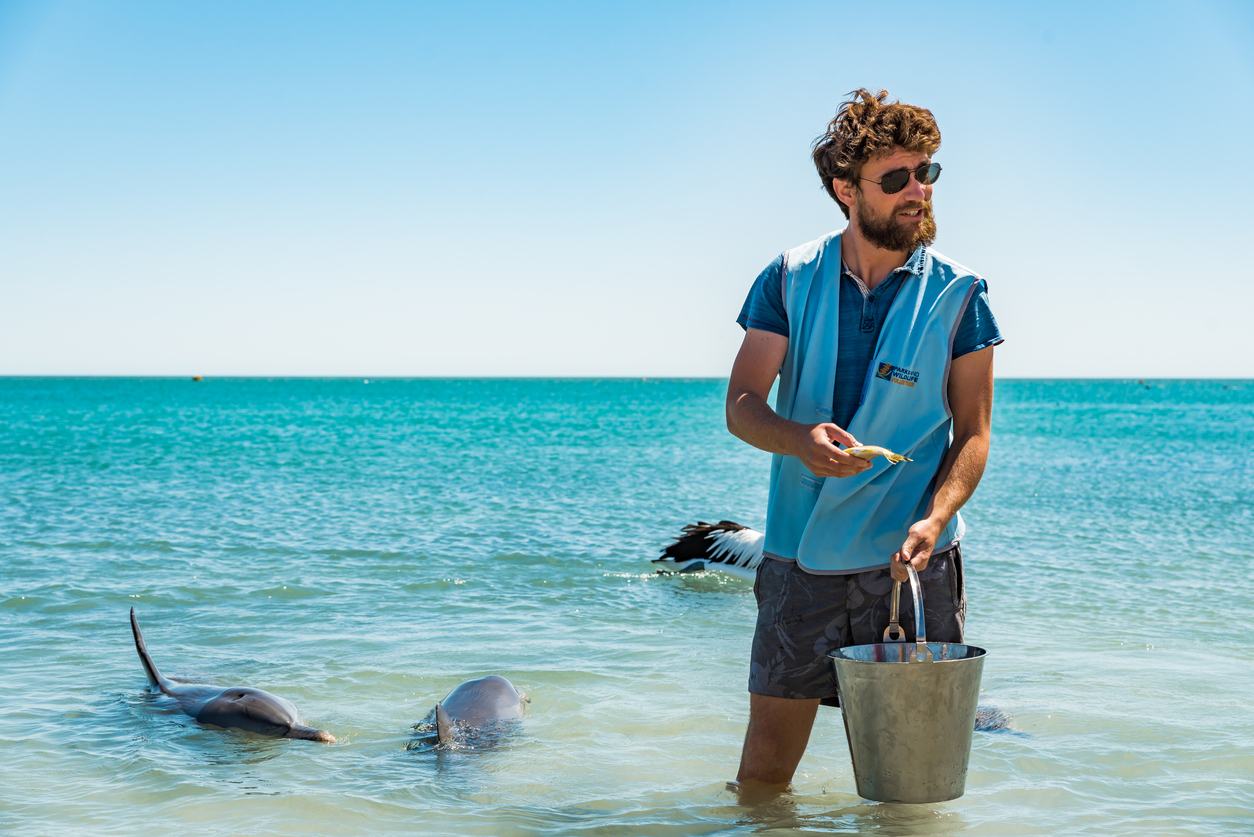
Most people travel to escape their lives. Some travel to find themselves. But volunteering abroad? That’s where the two meet — and something deeper begins.
It’s not glamorous. It’s rarely comfortable. And it won’t give you a curated highlight reel for your socials. But it will give you something better: perspective, humility, and the kind of connection that sticks long after your return flight touches down.
Volunteering abroad isn’t about “saving” anyone. It’s not about exotic backdrops or self-congratulatory photo ops. Done right, it’s about service — and learning. It’s about stepping into someone else’s world, listening more than speaking, and finding meaning through usefulness. It’s travel that doesn’t just pass through a place, but gets under its skin.
So what does it actually feel like to volunteer abroad? Here’s what to expect, what to avoid, and why it just might be the most life-changing trip you ever take.
What Volunteering Abroad Really Means
Volunteering abroad isn’t one thing — it’s a wide range of experiences across causes, continents, and communities. You might:
- Teach English in rural Nepal
- Help build eco-homes in Guatemala
- Support marine conservation in the Philippines
- Care for rescued animals in South Africa
- Work in permaculture on a farm in Portugal
It’s not always dramatic. Often, it’s slow, repetitive, and intensely personal. You’re showing up to do real work — not perform for a camera or tick a box. The best programs aren’t built around tourists. They’re built around local needs, and they let you plug in with humility.
The Daily Reality
Volunteering abroad is not a vacation. There may be sunsets and hikes and impromptu dance parties, yes — but you’re working. Early mornings. Long days. Maybe no hot water. Maybe no Wi-Fi. Definitely no room service.
Here’s a common daily rhythm in a volunteer project:
- 6:30 AM – Wake up, help prep breakfast
- 8:00 AM – Morning work (planting trees, teaching, cleaning)
- 12:00 PM – Shared lunch
- 1:30 PM – Afternoon duties (admin, workshops, construction, caregiving)
- 4:30 PM – Free time / group meetings
- 6:30 PM – Dinner, debriefs, sometimes cultural exchanges
- 9:00 PM – Lights out or group hangouts under the stars
The days can be repetitive — but meaningful. There’s something grounding about doing work that’s immediate, practical, and not about you.
The Emotional Ride
Here’s the truth: volunteering abroad cracks you open.
You’ll feel useful. Then useless. Inspired. Then overwhelmed. You’ll make real friendships. You’ll question your impact. You’ll feel more connected to humanity than you ever have — and also more aware of your own privilege than you’re probably comfortable admitting.
It’s not always clean or easy, emotionally speaking. But it’s honest. And in that honesty, growth happens.
Where to Go — And Why It Matters
Choosing where to volunteer isn’t about finding the prettiest location. It’s about alignment — with your skills, your energy, and your values. That said, here are some regions that consistently offer meaningful opportunities:
1. Southeast Asia
Thailand, Cambodia, Vietnam, and Indonesia offer programs in education, animal rescue, and community health. Rural schools, elephant sanctuaries, coral reef restoration — all big draws.
2. Latin America
From Guatemala to Peru to Colombia, you’ll find grassroots organizations working on everything from environmental sustainability to women’s empowerment. Spanish fluency helps, but many programs are bilingual.
3. Sub-Saharan Africa
Kenya, Ghana, Tanzania, and South Africa are home to community-centered volunteer programs, especially in youth outreach, conservation, and public health. These are often longer-term placements and benefit from cultural training beforehand.
4. Eastern Europe
Romania, Georgia, and Ukraine (when safe) host cultural exchange programs, refugee support roles, and skills-based education projects — a lesser-known but growing area for volunteers.
5. Oceania
Remote islands in the South Pacific or indigenous communities in Australia often seek volunteers for conservation and environmental education. These tend to be more physically demanding but deeply immersive.
How to Choose the Right Program
Not all volunteer programs are created equal. Some exist more for the traveler’s benefit than the community’s. Others are deeply integrated, long-standing initiatives that truly support local development.
Ask the hard questions:
- Where does the money go?
- How long has this program been operating?
- Are local leaders involved in designing and running it?
- What training is provided before and during?
- Will I be doing something that could be done better by a local — or am I actually adding value?
If a program sounds too convenient or polished, be skeptical. Look for transparency, community partnership, and sustainability.
What You’ll Learn
- Adaptability. You figure it out, fast — whether it’s a new language, a new rhythm, or how to fix a broken water filter.
- Humility. You stop needing to be impressive and start learning how to be present.
- Perspective. You see what matters — and what doesn’t — from a very different vantage point.
- Cultural respect. Not everything needs to change. Sometimes the best thing you can do is listen and support.
- Gratitude. Not for the big things. For the small ones — like a working toilet or a shared meal after a hard day.
The Hard Parts (And Why They’re Worth It)
Let’s be honest. Volunteering abroad can be hard. You might:
- Get sick from the food
- Feel isolated or homesick
- Clash with other volunteers
- Question whether you’re doing more harm than good
But these are growth moments. If you push through, stay curious, and prioritize learning over fixing, you come out stronger, softer, and more self-aware.
Costs and Logistics
Volunteering abroad isn’t always free — and that’s not necessarily a red flag. Good programs often require fees to cover housing, food, transport, and support staff. But again: transparency is everything.
Expect to spend:
- $0–$500/week for grassroots or nonprofit placements
- $1,000+ for premium programs with guided tours, certifications, or high-end housing
Flights, travel insurance, and vaccinations are usually on you. Some programs offer scholarships or discounted rates for longer commitments.
When to Go — and for How Long
- 1–2 weeks: Best for logistical support roles, environmental projects, or disaster relief
- 1–3 months: Ideal for teaching, mentorship, or program-building
- 6+ months: Deep engagement — think NGO internships, medical missions, or language immersion
Plan during off-seasons if possible — many programs are overwhelmed in summer or winter holidays. Shoulder months often offer a quieter, more integrated experience.
What to Pack (Besides Gear)
- Curiosity over judgment
- Listening over talking
- Comfort with discomfort
- Resilience without ego
- An open mind and a closed laptop
This isn’t just travel. It’s service. You’re entering someone else’s space. Make it count.
Volunteering abroad is a different kind of adventure. It’s not about consumption — it’s about contribution. It’s not about escape — it’s about presence. It won’t always be comfortable, but it will be real. And in a world full of curated experiences, realness is rare.
If you want a trip that leaves more than a footprint — one that changes the way you see others, and the way you see yourself — this is it. The impact won’t just be felt where you go. It’ll ripple out from how you come back.







